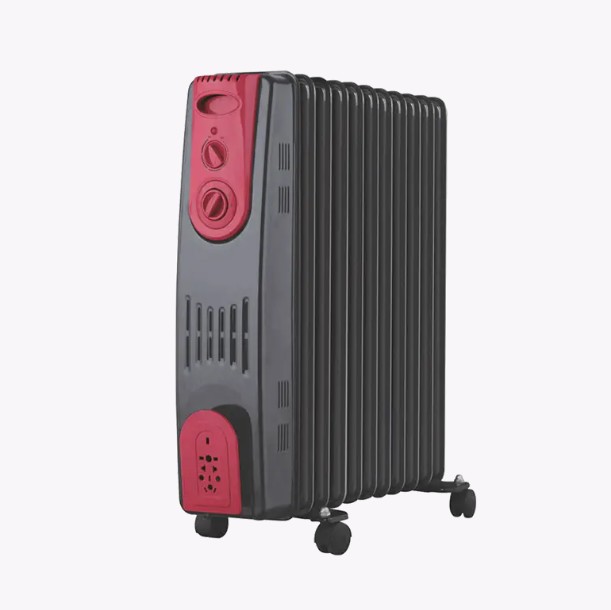Maintaining an oil heater is essential to ensure its safe and efficient operation. Here are some maintenance steps required to keep an oil heater operating safely and efficiently:
Regular Cleaning: Clean the exterior of the oil heater regularly to remove dust, dirt, and debris. Use a soft cloth or vacuum cleaner with a brush attachment to clean the surfaces and vents.
Inspect and Replace Filters: Check and replace the air filters regularly to ensure proper airflow and prevent dust buildup. Clogged filters can reduce the heater's efficiency and increase the risk of overheating.
Inspect the Fuel Tank: Regularly inspect the oil tank for leaks, rust, or signs of corrosion. Ensure that the tank is securely mounted and free from any obstructions that may interfere with oil flow.
Check for Leaks: Inspect the oil lines, fittings, and connections for any signs of leaks. If you detect a leak, repair it immediately to prevent oil spillage and potential fire hazards.
Inspect and Clean the Combustion Chamber: Periodically inspect the combustion chamber for soot buildup or debris. Clean the chamber using a soft brush or vacuum cleaner to ensure efficient combustion.
Inspect and Clean the Burner: Check the burner assembly for any signs of corrosion, rust, or debris buildup. Clean the burner ports and nozzles using a soft brush or compressed air to maintain proper fuel combustion.
Check the Ignition System: Ensure that the ignition system is functioning correctly by inspecting the electrodes, ignition transformer, and ignition cables. Clean or replace any faulty components to ensure reliable ignition.
Inspect the Flue Pipe and Venting System: Check the flue pipe and venting system for any obstructions or blockages that may restrict airflow. Clear any debris or obstructions to ensure proper ventilation and exhaust.
Monitor Fuel Levels: Regularly monitor the fuel levels in the oil tank to ensure an adequate supply of fuel for heating. Refill the tank as needed to prevent interruptions in heating.
Professional Inspection and Maintenance: Schedule annual maintenance by a qualified technician to inspect and service the oil heater thoroughly. A professional technician can perform tasks such as cleaning the heat exchanger, testing safety controls, and adjusting combustion settings for optimal performance.
By following these maintenance steps regularly, you can ensure that your oil heater operates safely and efficiently, providing reliable heating for your home or space. Regular maintenance helps prevent malfunctions, extends the lifespan of the heater, and promotes energy efficiency.